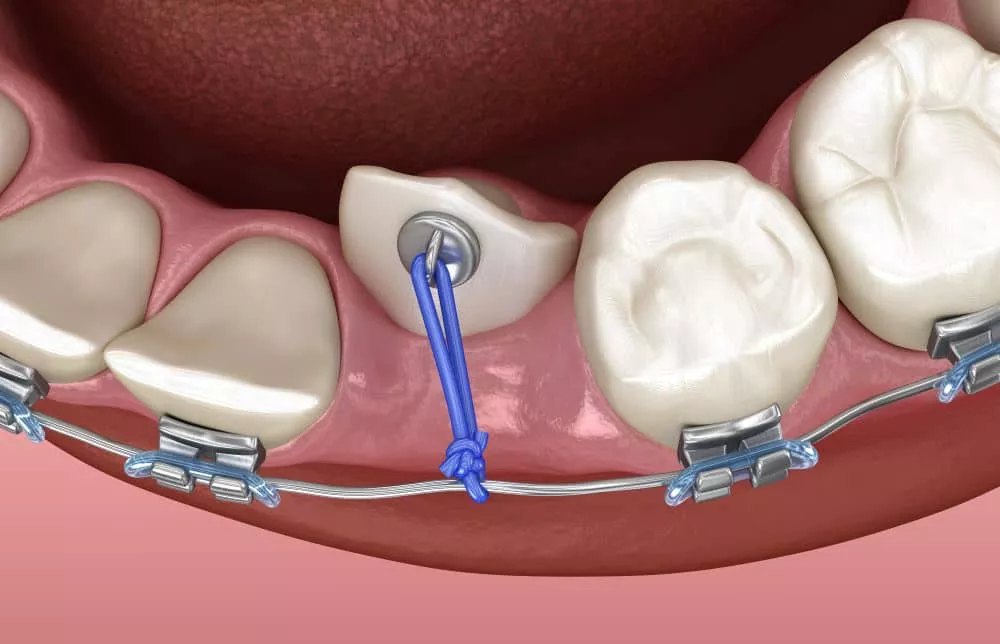Dental correction bandages, often referred to as dental dressings, are specialized materials used in dentistry to protect wounds and facilitate healing after dental procedures. These bandages play a crucial role in maintaining oral hygiene and ensuring optimal recovery. They are typically used following extractions, surgeries, or in cases of severe periodontal disease.
This article will explore the various sizes of dental correction bandages, their applications, and their significance in dental care.
Importance of Dental Correction Bandages
Dental correction bandages serve several important functions in the healing process. They help to:
Protect Surgical Sites: Bandages shield the area from bacteria and food particles, minimizing the risk of infection.
Control Bleeding: They absorb blood and help maintain hemostasis, which is crucial immediately after surgery.
Promote Healing: By providing a moist environment, they support tissue regeneration and reduce discomfort.
Understanding the different sizes available is essential for dentists to choose the right bandage for specific procedures and patient needs.
Sizes of Dental Correction Bandages
Dental correction bandages come in various sizes to accommodate different types of dental procedures. Here are the common sizes, their dimensions, and applications:
Small Bandages
Dimensions: 1 inch x 1 inch (2.5 cm x 2.5 cm)
Application:
Small bandages are ideal for minor dental procedures, such as filling cavities or treating small abrasions in the oral cavity.
They can also be used to cover small wounds in pediatric dentistry, where minimal coverage is necessary.
Advantages:
Easy to apply in confined spaces.
Minimal interference with normal oral function.
Medium Bandages
Dimensions: 2 inches x 2 inches (5 cm x 5 cm)
Application:
Medium-sized bandages are suitable for more extensive procedures, such as tooth extractions or periodontal surgeries.
They provide adequate coverage for the surgical site while allowing for some drainage.
Advantages:
Offers a good balance between coverage and comfort.
Versatile for various dental applications.
Large Bandages
Dimensions: 3 inches x 3 inches (7.5 cm x 7.5 cm)
Application:
Large bandages are used in cases where a larger area needs protection, such as after wisdom tooth extractions or larger surgical sites.
They are also beneficial in managing wounds in patients with larger oral cavities or those undergoing multiple procedures simultaneously.
Advantages:
Provides extensive coverage and absorption.
Reduces the need for frequent changes.
Extra-Large Bandages
Dimensions: 4 inches x 4 inches (10 cm x 10 cm)
Application:
Extra-large bandages are designed for significant surgical procedures, such as maxillofacial surgeries or severe trauma cases.
They are also useful in managing extensive periodontal surgery sites.
Advantages:
Offers maximum protection and absorption.
Ideal for situations where heavy bleeding may occur.
Special Considerations for Size Selection
When selecting the appropriate size of dental correction bandage, several factors should be considered:
Type of Procedure: The nature and extent of the dental procedure dictate the size needed.
Patient’s Oral Anatomy: Individual anatomical differences may require customized bandaging solutions.
Healing Stage: The size of the wound may change as healing progresses, necessitating adjustments in bandage size.
Material And Design
While size is crucial, the material and design of dental correction bandages are also significant factors in their effectiveness.
Common materials include:
Gauze: Highly absorbent and breathable, suitable for most dental applications.
Foam: Provides cushioning and is ideal for larger wounds.
Hydrocolloid Dressings: Excellent for maintaining moisture and are often used in post-operative care.
The design of the bandage may also affect its application. For instance, some bandages come with adhesive edges for easier application and removal, while others may require securing with tape or additional materials.
Conclusion
Dental correction bandages are essential tools in postoperative care and healing in dentistry. Their various sizes, ranging from small to extra-large, allow dental professionals to select the most appropriate option based on the specific needs of the procedure and the patient. By understanding the applications and advantages of each size, dentists can enhance patient outcomes and promote effective healing.
Related topics:

